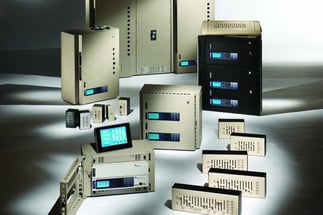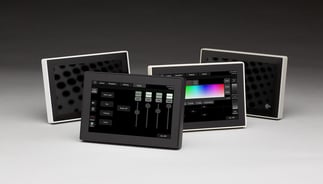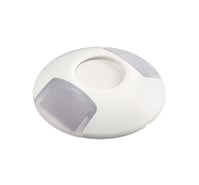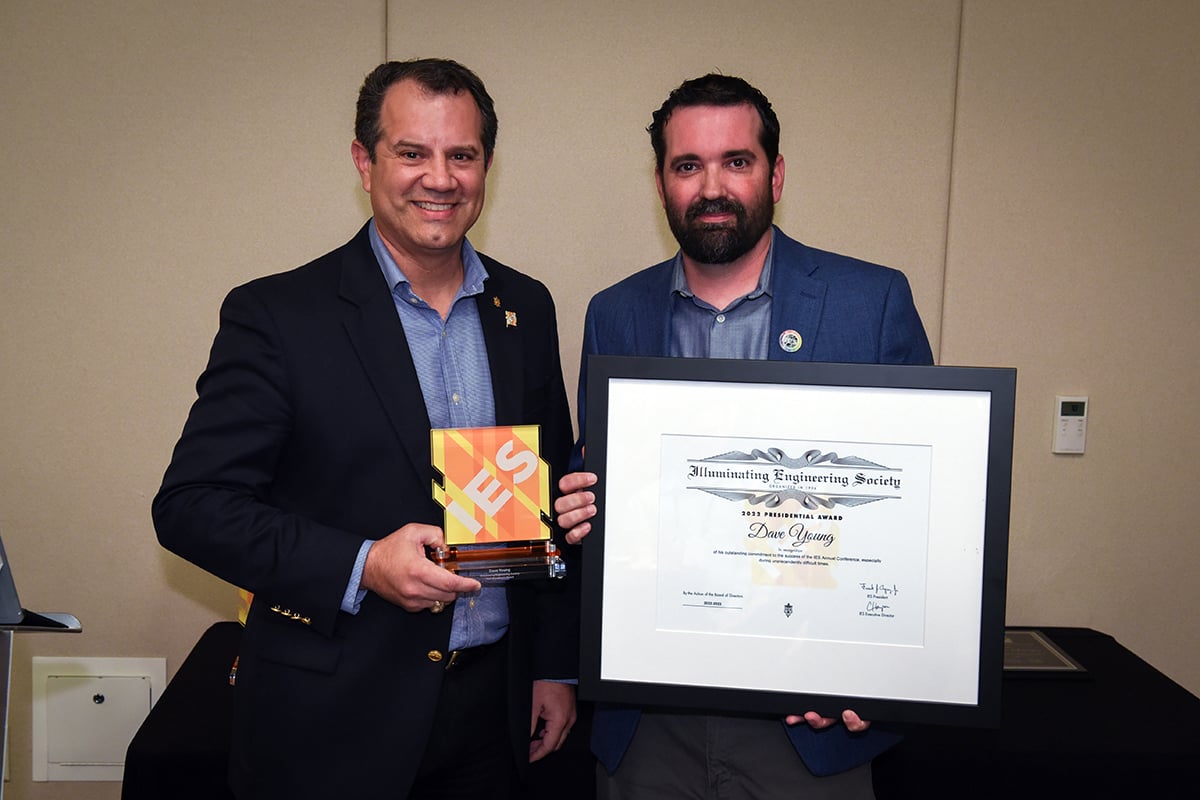No matter if you are trying to comply with Title 24v, ASHRAE/IES 90.1, or IECC, there are many energy code requirements your lighting system will have to meet. Small requirements like the ones we highlighted in our first post in this series (How ETC helps you meet energy codes, part 1: What are Energy Codes?), spread across multiple spaces in a building, across a campus, around the world, can present a challenge for system specifiers.
The good news is that ETC’s Paradigm, Echo, and Echoflex systems are designed to meet every energy code, with a full complement of occupancy, vacancy, and daylight sensors; button stations and faders for manual control; scheduling, demand response interfaces, energy monitoring, and more automated technology to make adhering to energy code – any energy code – a breeze.
 Paradigm is ETC’s centralized control system, with the ability to handle anything from a couple rooms all the way up to the largest installations in the world – and control it all from one location. Echo offers distributed control for spaces that don’t need to be linked to a larger system. Echoflex is a wireless distributed control system that is, suitable for back of house spaces and compatible with both Paradigm and Echo.
Paradigm is ETC’s centralized control system, with the ability to handle anything from a couple rooms all the way up to the largest installations in the world – and control it all from one location. Echo offers distributed control for spaces that don’t need to be linked to a larger system. Echoflex is a wireless distributed control system that is, suitable for back of house spaces and compatible with both Paradigm and Echo.
All of these systems feature button stations that are easy for users to understand and interact with. Designers get sleek stations that fit in with any décor and feel snappy to users, users get a simple interface, and everyone benefits from advanced energy savings.
 For systems that want to go with more advanced control for users, Paradigm Touchscreens and the EchoTouch interface allow for advanced control over the intensity, color, and timing of lights in a space. Paradigm Touchscreens are an easy interface to the powerful Paradigm system, offering a customizable face for complex systems. Of course, timeclock control is integral to Paradigm, with the ability to schedule events in literally thousands of spaces throughout your system.
For systems that want to go with more advanced control for users, Paradigm Touchscreens and the EchoTouch interface allow for advanced control over the intensity, color, and timing of lights in a space. Paradigm Touchscreens are an easy interface to the powerful Paradigm system, offering a customizable face for complex systems. Of course, timeclock control is integral to Paradigm, with the ability to schedule events in literally thousands of spaces throughout your system.
EchoTouch is smart, simple, and self-contained. It has an easily customized interface and a built-in control output. It’s simple to make virtual switches and dimmers onscreen, giving users control over levels. And of course it has an astronomical timeclock to support scheduled events. EchoTouch works with our Echo system and our Echoflex wireless control products.
Of course, all of ETC’s architectural controls come with occupancy/vacancy sensors that fit well with any décor. They are designed to meet code and not let code interfere with your design. Dual-tech sensors add acoustic detection to the standard PIR so occupants won’t be caught in the dark even if they might be blocked from detection by things like cubicle walls or bathroom stalls. And once the sensor activates, all our systems are capable of setting lights to partial on, partial off, or any other setting necessary to meet code.
 Daylight responsive control is available for all systems, whether you prefer using automated control with astronomical calendars or adding daylight sensors into a room. Echoflex even features the Correlated Color Temperature Photo Sensor. The CCT sensor features color temperature monitoring and dual light intensity ranges, meaning that is provides feedback on combined natural and artificial light, enabling systems with tunable-white fixtures to adjust their output to create an optimal color temperature. (For more about color temperature, check out this quick post.)
Daylight responsive control is available for all systems, whether you prefer using automated control with astronomical calendars or adding daylight sensors into a room. Echoflex even features the Correlated Color Temperature Photo Sensor. The CCT sensor features color temperature monitoring and dual light intensity ranges, meaning that is provides feedback on combined natural and artificial light, enabling systems with tunable-white fixtures to adjust their output to create an optimal color temperature. (For more about color temperature, check out this quick post.)
And if that feels like a lot – that’s because it is! Energy codes impact every room in business and commercial locations. Luckily, ETC has the solutions available to make sure your lighting system meets energy code and looks good doing it.





